Acne is a common skin condition that affects millions of individuals worldwide, often leaving behind more than just blemishes. Its impact on skin texture can be profound, influencing how the skin feels and looks long after active breakouts have subsided. When considering Acne treatment in Abu Dhabi, understanding how treatments influence skin texture is essential for achieving smooth, healthy skin. This comprehensive guide explores how different acne treatments work to improve skin texture, what results to expect, and how to optimize skin healing post-treatment.
Understanding Acne and Its Impact on Skin Texture
What Is Acne and How Does It Affect the Skin?
Acne is a multifaceted skin condition characterized by the formation of pimples, blackheads, whiteheads, and cysts. It primarily develops when hair follicles become clogged with excess oil, dead skin cells, and bacteria. Over time, these lesions can cause inflammation, leading to skin damage that influences texture.
The Long-Term Effects of Acne on Skin Texture
Persistent acne can cause scarring, pitting, and uneven skin surfaces. These textural changes result from the body’s healing response to inflamed lesions, often leading to depressed scars or raised areas. The scars and irregularities can affect an individual’s confidence and overall skin appearance.
How Acne Treatments Influence Skin Texture
The Role of Acne Treatment in Skin Repair
Effective acne treatment aims not only to clear active lesions but also to promote skin healing and restore a smooth surface. Treatment modalities often focus on reducing inflammation, preventing scarring, and stimulating collagen production, which plays a vital role in skin firmness and elasticity.
Types of Acne Treatments and Their Impact on Skin Texture
Different acne therapies have varying effects on skin texture. Some focus on controlling bacteria and oil production, while others promote cell turnover and collagen synthesis. The choice of treatment influences how quickly and effectively skin texture improves.
How Does Acne Treatment Improve Skin Texture?
1. Reducing Inflammation and Preventing Scarring
Inflammation is a primary cause of tissue damage in acne. Treatments that target inflammation help to minimize swelling and redness, reducing the likelihood of scarring and pitted scars that compromise skin texture. Anti-inflammatory medications and topical agents are often used in this phase.
2. Promoting Skin Cell Turnover
Many acne treatments stimulate the shedding of dead skin cells, preventing pore blockages and encouraging new, healthy skin growth. This process smooths out rough patches and diminishes the appearance of minor scars over time.
3. Collagen Stimulation and Skin Remodeling
Certain advanced treatments, such as chemical peels, laser therapy, or microneedling, actively promote collagen production. Collagen is essential for skin strength and elasticity, and increased synthesis leads to a more even, plump, and smooth skin surface.
4. Exfoliation and Clearing Dead Skin
Regular exfoliation, whether chemical or physical, helps remove dead skin layers that can make skin appear dull and uneven. Improved exfoliation results in a more refined skin texture and a natural glow.
Factors That Influence Skin Texture Improvement
Skin Type and Severity of Acne
The degree of texture improvement depends on individual factors such as skin type, severity of acne, and the extent of scarring. Deeper scars may require more intensive treatments, while mild cases may respond well to topical therapies.
Timing and Consistency of Treatment
Consistent adherence to prescribed treatment plans significantly influences the overall outcome. Regular follow-up and commitment to skincare routines ensure progressive improvement in skin texture.
Combining Multiple Treatment Modalities
A combination approach, such as topical creams coupled with procedural interventions, often yields better results. Tailoring treatments to specific skin needs ensures a more comprehensive approach to skin texture restoration.
Post-Treatment Care and Skin Texture Enhancement
Importance of Proper Skincare Routine
Post-treatment skincare, including gentle cleansing, moisturizing, and sun protection, helps optimize healing and prevents further damage. Using products with ingredients like hyaluronic acid and peptides can support skin repair.
Use of Sun Protection
Sun exposure can hinder healing and cause pigmentation changes, emphasizing the importance of daily broad-spectrum sunscreen use for maintaining skin texture improvements.
Avoiding Harsh Products and Picking
Steering clear of abrasive scrubs and refraining from picking at the skin prevents additional trauma, allowing the skin to heal properly and maintain a smooth surface.
Advanced Techniques for Skin Texture Improvement
Chemical Peels
Chemical peels involve applying acids that exfoliate the upper layers of the skin, promoting cell turnover and collagen production. They effectively reduce surface irregularities and enhance skin smoothness.
Laser and Light-Based Therapies
Laser treatments target deeper layers of the skin to stimulate collagen and remodel tissue. These procedures are beneficial for significant scarring and uneven skin surfaces.
Microneedling
Microneedling uses tiny needles to create controlled micro-injuries, encouraging collagen synthesis. This procedure improves skin firmness and texture, diminishing scars and rough patches.
Subcision and Dermal Fillers
For more pronounced scars, subcision breaks down fibrous tissue anchoring scars, while dermal fillers can lift depressed areas, leading to a more even skin surface.
Expected Outcomes and Timeline for Skin Texture Improvement
The timeline for visible improvements varies based on the treatment type and individual skin response. Mild cases may see noticeable changes within a few weeks, while more severe scarring could take several months of consistent therapy. Patience and adherence to recommended skincare are key to achieving optimal results.
Conclusion
Acne treatment Abu Dhabi offers a pathway not only to clearer skin but also to improved skin texture. By addressing inflammation, promoting collagen synthesis, and encouraging healthy skin renewal, modern treatments can significantly diminish scars, unevenness, and rough patches. Combining procedural therapies with proper skincare and sun protection ensures sustained, natural-looking results. If you’re considering acne treatments, consulting with a qualified skincare professional can help tailor a plan suited to your skin’s unique needs, ultimately leading to smoother, healthier skin.
FAQs
1. How long does it take to see improvements in skin texture after acne treatment?
Results can vary depending on the severity of scars and the treatment used. Generally, mild improvements may be visible within 4 to 6 weeks, while more significant changes might take several months with consistent therapy.
2. Can acne scars completely disappear with treatment?
While many treatments significantly reduce the appearance of scars and improve skin texture, complete removal may not always be possible. The goal is often to achieve smoother, more even skin rather than perfection.
3. Are there specific skincare products that support skin texture improvement after acne treatment?
Yes, products containing ingredients like hyaluronic acid, peptides, retinoids, and antioxidants can support skin regeneration and collagen production, aiding in texture improvement.
4. Is it necessary to combine treatments for better skin texture results?
Combining different treatments, such as topical therapies with procedural interventions, often yields better results. A tailored approach based on individual skin needs ensures optimal improvement in skin texture.


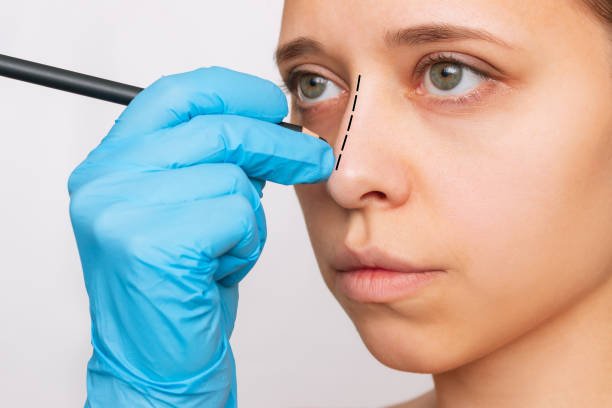
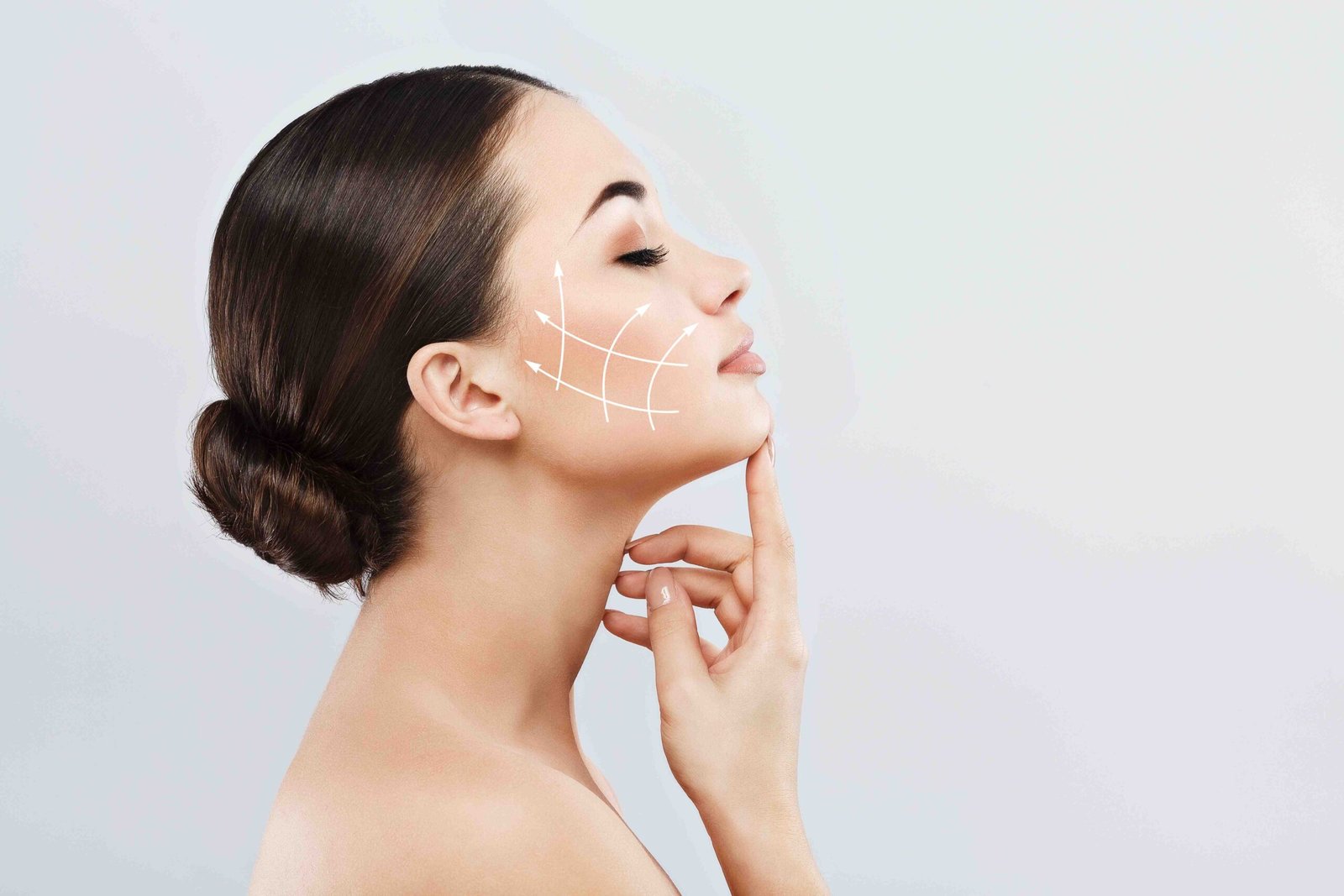
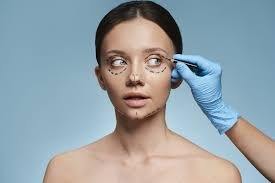


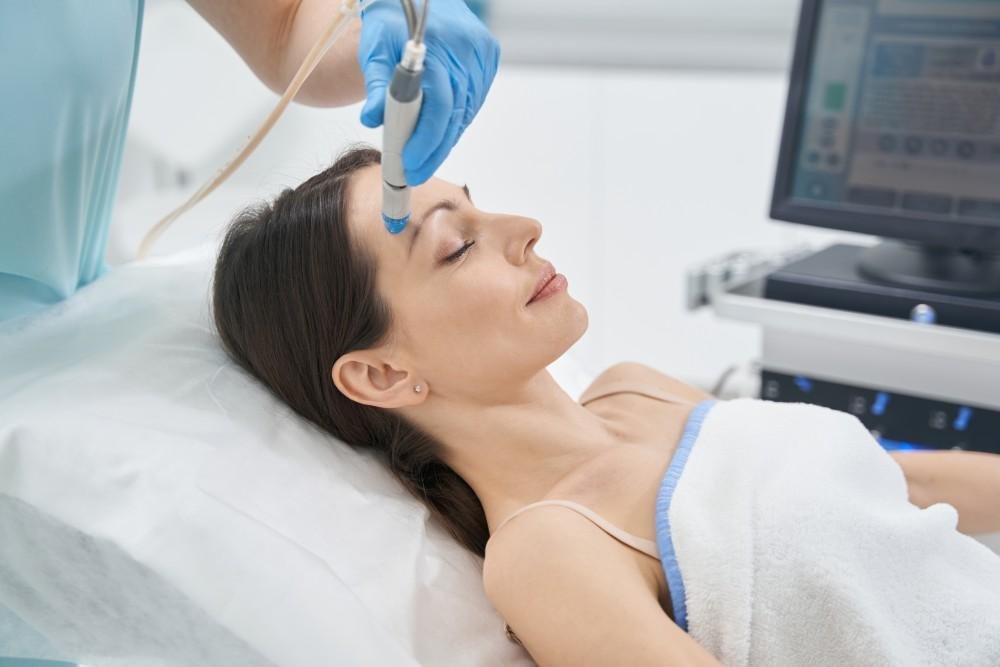


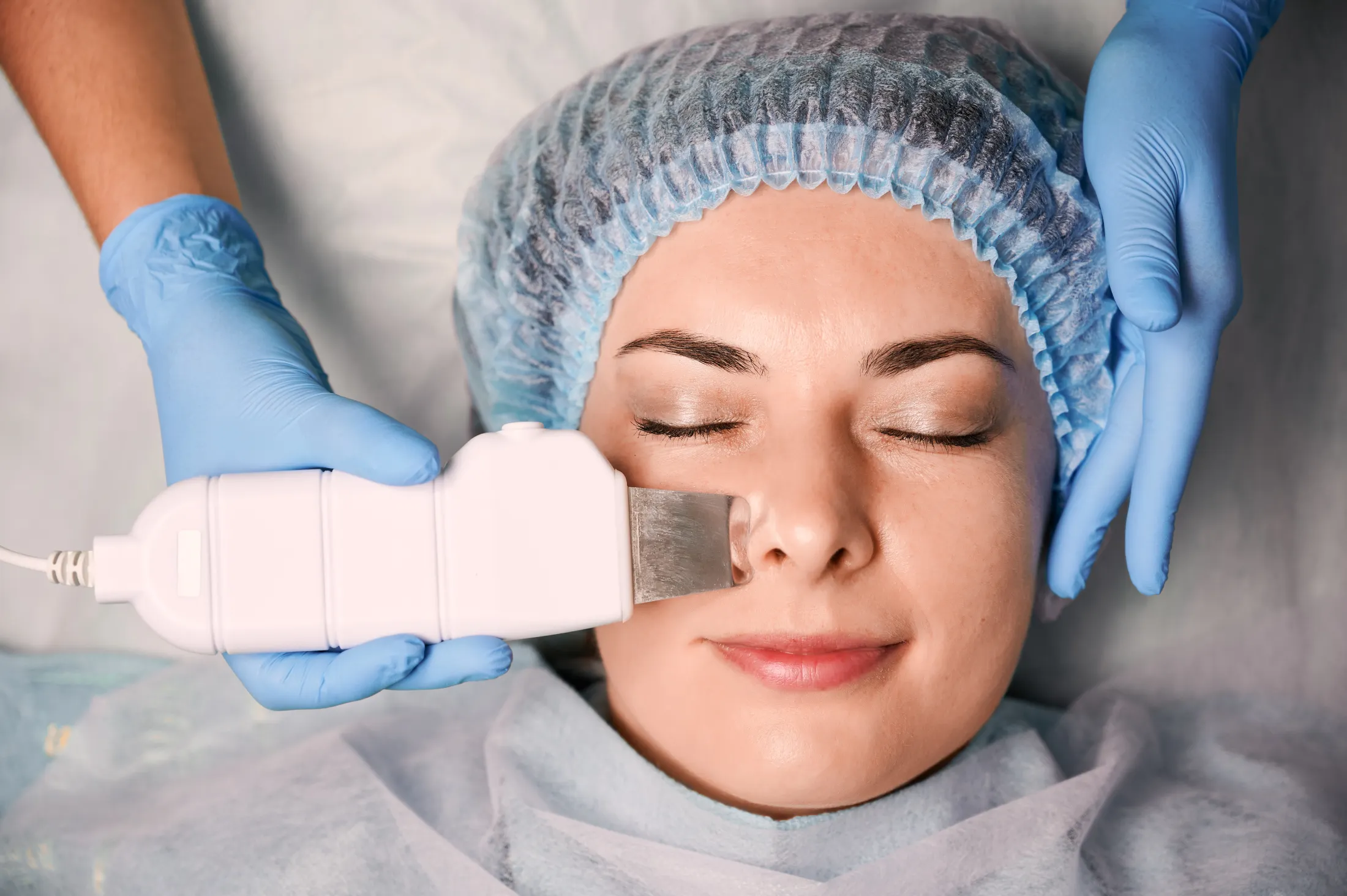
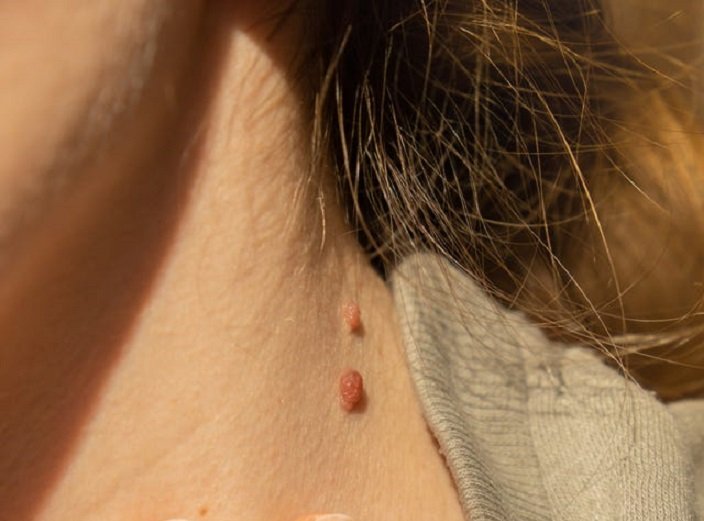




Leave a Reply